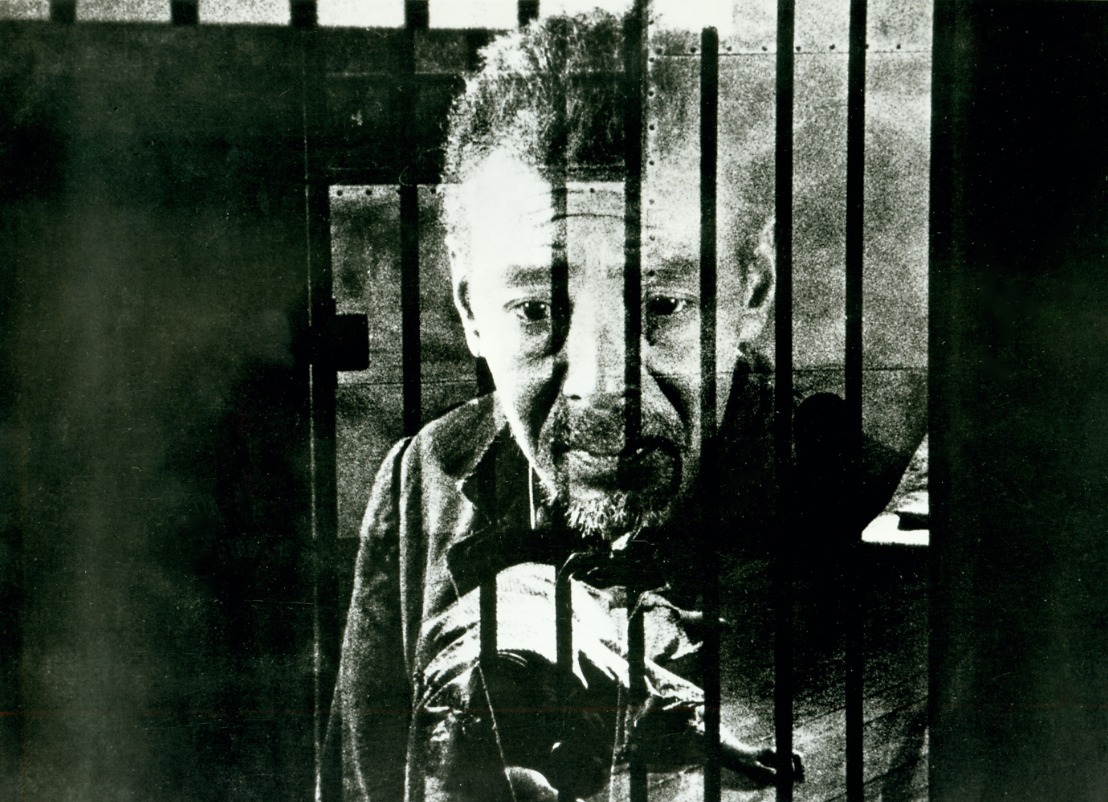Description
Get tickets
This April, the Art of the Benshi 2024 World Tour offers audiences a rare opportunity to experience the mesmerizing artistry of three of Japan’s celebrated benshi—“movie orators” who, since the days of Thomas Edison’s Kinetoscope, have been breathing life into silent film. Joined by an ensemble of musicians from Japan, these masters of their art will transport viewers back to the golden age of silent film, when every movie screening was also a live performance.
Sanji Goto-The Japanese Enoch Arden (Narikin)
Billed as the “the first ever Japanese production of its kind,” Sanji Goto holds a fascinating place in international film history. After training as an actor with Thomas Ince, director Kisaburō “Thomas” Kurihara returned to Japan to make films for export to the U.S. beginning with this slapstick comedy. Iwajiro Nakajima, “the Japanese Charlie Chaplin,” stars as a guileless janitor who journeys to the States on the chance of inheriting a fortune. Sadly, the film survives only as a fragment. DCP courtesy of the National Film Archive of Japan. (Dir.: Harry Williams & Kisaburō Kurihara, Japan, 1918, 35 min., DCP, silent)
Jiraiya the Hero (Gōketsu jiraiya)
The first star of the Japanese screen, Matsunosuke Onoe plays the title character, a shape-shifting ninja who battles his enemies with an arsenal of magic, which includes transforming himself into a giant toad. Based on a famous folktale, Jiraiya the Hero was one Japan’s earliest “trick films” and survives today as a fragment featuring a series of loosely connected fight scenes. DCP courtesy of the National Film Archive of Japan.
(Dir.: Shōzo Makino, Japan, 1921, 21 min., DCP, b&w, silent, intertitles in Japanese with English subtitles)
Our Pet
Diana Serra Cary, better known by her screen name, Baby Peggy, was only 19 months old when director Fred Fishback cast her in a series of comedy shorts in 1921 alongside Brownie the Wonder Dog. By the following year, she was one of the biggest child stars in the world. In Our Pet, discovered at auction in 2016 by master benshi Ichirō Kataoka, Peggy is awakened from sleep by a series of burglars who quickly find themselves, in over their heads, Home Alone-style. (Dir.: Herman C. Raymaker, United States, 1924, 11 min., DCP, b&w, silent, intertitles in Japanese with English subtitles)
A Page of Madness (Kurutta ichipeiji)
With a scenario devised by Japanese novelist (and later Nobel Prize winner) Yasunari Kawabata with contributions from other members of the radical literary movement known as Shinkankakuha, director Teinosuke Kinugasa crafted this visionary masterpiece that was thought lost for almost 50 years. Wracked with guilt, believing his wanton cruelty drove his wife insane, a husband becomes a janitor at the asylum where she’s incarcerated so he can care for her. When he comes to fear her illness may prevent their daughter from getting married, he gradually loses his own grip on reality. Replete with fantastical images, super impositions and rapid montage, the film subverts any sense of narrative coherence even as Kinugasa builds, according to critic Chris Fujiwara “an atmosphere of astonishing intensity.” (Dir.: Teinosuke Kinugasa, Japan, 1926, 70 min., DCP, b&w, silent, intertitles in Japanese with English subtitles)
Film admission policy: Films are shown in the 300-seat Meyer Auditorium. Pre-registration (up to four tickets per person per film) is encouraged but not required. Seating is available on a first come, first served basis for patrons without tickets.
Cost
Free; register in advance (recommended)
Get Tickets/Register
Accessibility & Accommodations
Wheelchair accessible


